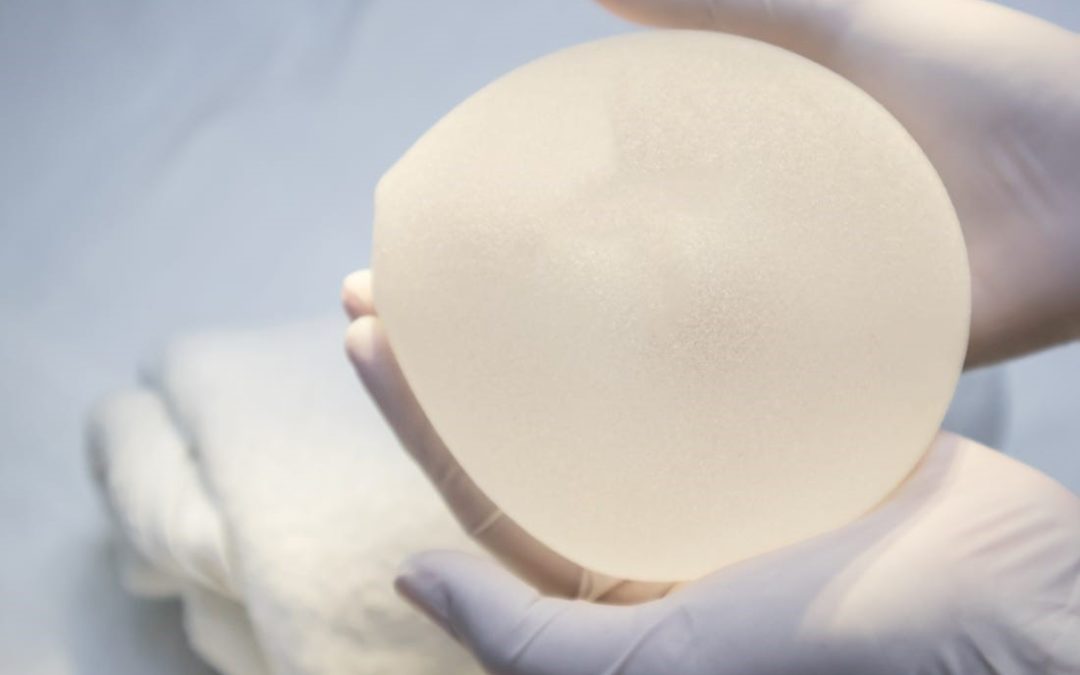Breast implant associated anaplastic large cell lymphoma (BIA-ALCL) study shows multi-team treatment is a key to achieving best outcomes
Breast implant associated anaplastic large cell lymphoma (BIA-ALCL)is not a breast cancer or cancer of the breast tissue; it is a lymphoma, a cancer of immune cells. In most cases, BIA-ALCL is found in the scar tissue and fluid near the implant, but in some cases, it can spread throughout the body. When caught early, it is readily curable. If the disease is advanced, chemotherapy or radiation may be required.
Women with breast implants may have a very low, but increased risk of developing ALCL adjacent to a breast implant. BIA-ALCL occurs most frequently in patients who have breast implants with textured surfaces. It also appears to purely be related to the surface of the implant not to what the implant is filled with.
The current lifetime risk of BIA-ALCL is estimated to be 1:3817 – 1:30,000 women with textured implants based upon current confirmed cases and textured implant sales data over the past two decades. However, the exact number of cases remains difficult to determine due to due lack of global breast implant sales data.
A team of researchers from across five disciplines at MD Anderson recently published the largest prospective study on breast implant associated anaplastic large cell lymphoma (BIA-ALCL), shedding light on the best treatment for patients with this uncommon cancer.
The study demonstrated that with early diagnosis, better outcomes could be achieved and it emphasized that the best prognosis depends on appropriate diagnosis and a multi-team treatment approach. It also underlines the need for increased awareness of this disease. Patients should contact their physician if they notice breast swelling, asymmetry or unexplained sensations of fullness – all BIA-ALCL symptoms. If the physician suspects BIA-ALCL, ultrasound-guided fine needle aspiration of the fluid collection around the implant is used the obtain a correct diagnosis.

Recent Comments